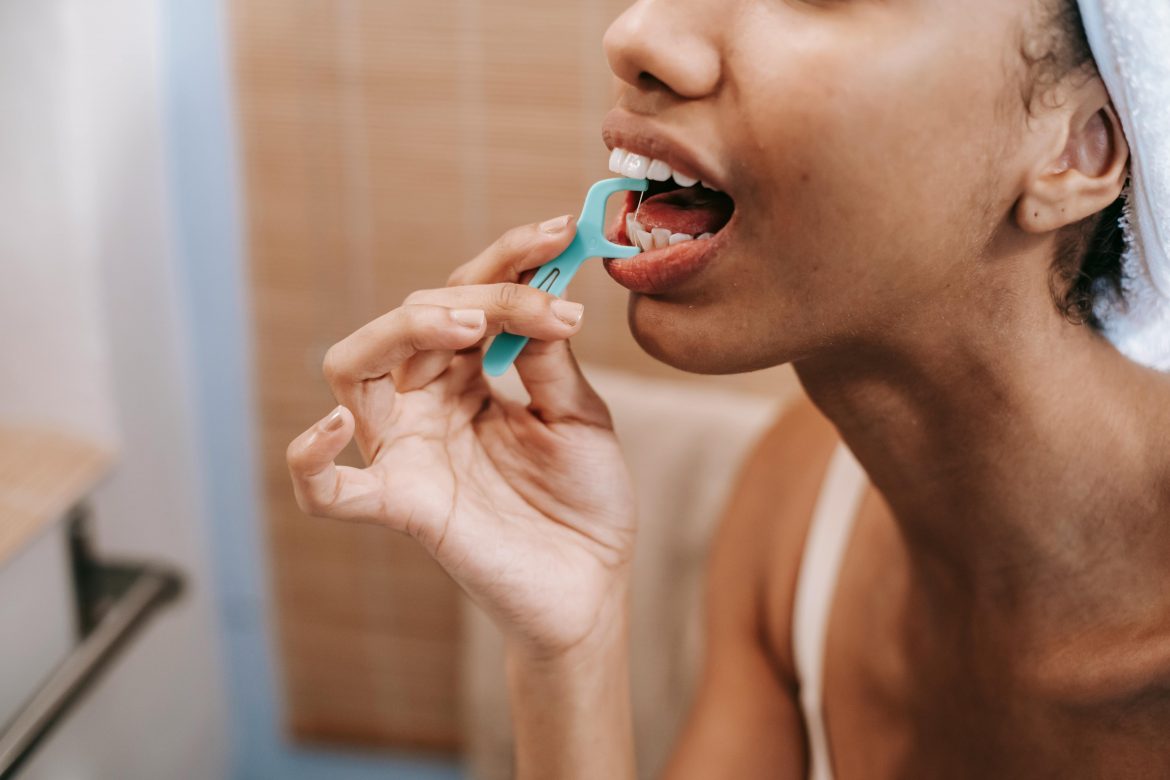Bad breath, or halitosis, can be a real confidence killer. Understanding the foods that contribute to bad breath and those that help combat it is essential for maintaining fresh breath. Here’s a straightforward guide on how to manage your breath through diet and proper oral hygiene, according to Oral Hygienist, Qudsiyyah Fortune.
Foods and beverages that cause bad breath
Certain foods and drinks are notorious for causing bad breath due to their high sulphur content and other properties that affect your oral health. Here are some common culprits:
Garlic and o0nions: These ingredients are high in sulphurous compounds. They can enter your bloodstream and be released by your lungs, making their smell linger long after consumption.
Dairy products: Foods like cheese can release sulphur compounds when their amino acids react with oral bacteria, causing a sour smell.
Tuna or canned Fish: These can leave a lingering odour in the mouth.
Coffee and alcohol: Both can cause dry mouth (xerostomia), reducing saliva production, which normally helps cleanse your mouth. Their strong smells also contribute to bad breath.
High protein and low-carb foods: These can sometimes cause bad breath, but remember not to sacrifice your overall health just for fresher breath.
Unsplash
Foods and remedies to Combat Bad Breath
While some foods can make your breath worse, others can help keep it fresh. Here are a few effective options:
Water: Staying hydrated helps stimulate saliva production, which naturally cleanses your mouth.
Chewing gum: Sugar-free gum stimulates saliva and adds a pleasant flavour to your mouth.
Coconut oil: Swishing coconut oil (oil pulling) has antimicrobial properties that can reduce bacteria.
Yoghurt: Contains probiotics that help reduce odour-causing compounds.
Apples: Eating apples stimulates saliva production and naturally polishes teeth, helping to wash away bacteria.
Essential Tips for Oral Hygiene
Good oral hygiene is crucial for preventing bad breath. Here are some practical tips:
Brushing Technique (Bass technique): Hold your toothbrush at a 45-degree angle to your tooth with bristles facing upwards. This angle helps the bristles reach along the gumline and slightly below. Brush gently to maintain gum health as well as tooth cleanliness.
Flossing: Floss every evening using your thumb and index finger to guide the floss. Wrap the floss around your tooth in a “C-shape” to go slightly below the gumline and scoop out debris and plaque.
Mouthrinses: Use a mouth rinse that contains antibacterial agents to kill bacteria that form plaque. Choose alcohol-free options with fluoride to avoid killing both good and bad bacteria, and to keep your breath fresh and teeth smooth.
Managing bad breath involves both dietary choices and maintaining good oral hygiene. By avoiding foods that cause bad breath and embracing those that help prevent it, alongside practicing effective brushing and flossing techniques, you can keep your breath fresh and your mouth healthy.
Remember, consistent care and attention to your oral hygiene routine will go a long way in preventing bad breath.
ALSO SEE: Struggling with high acid levels? Avoid these foods
Feature image: Pexels

